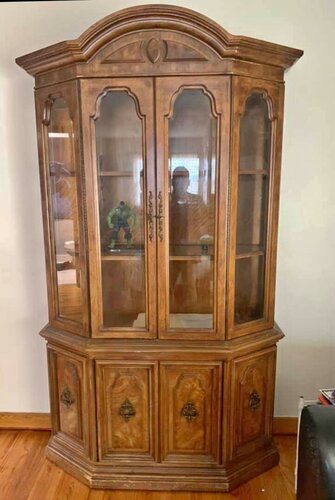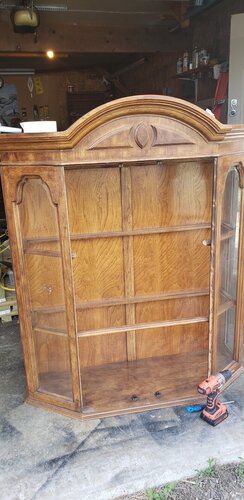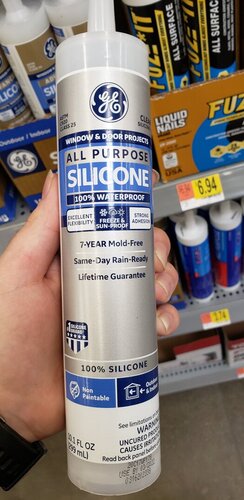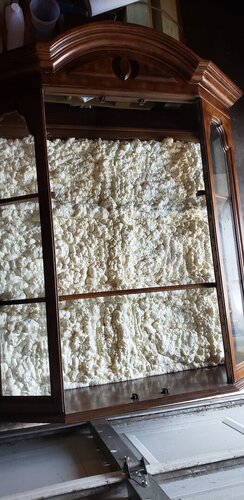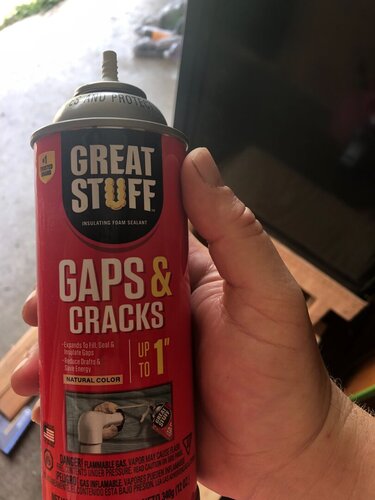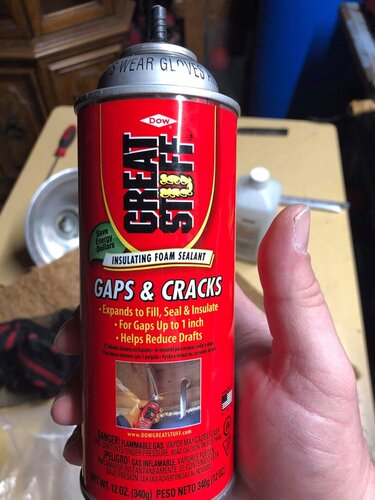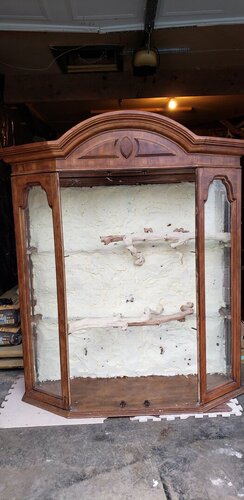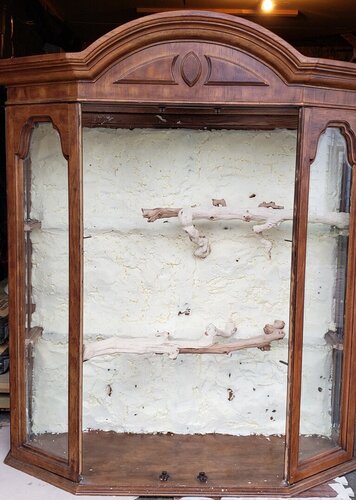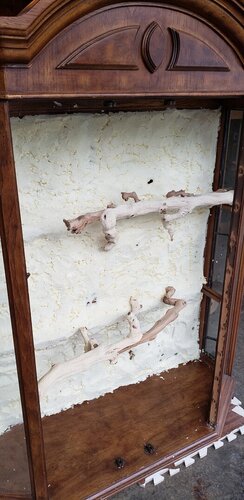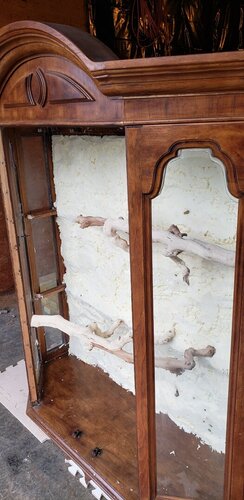Kangofett
New Member
Hello
I'm gona be posting how I'm building my Bioactive Enclosure for a vailed chameleon as I complete each step to help people as I go.
I'm not doing this alone as I am having guidance and assistance from a friend with many years of experience.
Thank you all for checking this out and coming along for the ride.
-Kango
I'm gona be posting how I'm building my Bioactive Enclosure for a vailed chameleon as I complete each step to help people as I go.
I'm not doing this alone as I am having guidance and assistance from a friend with many years of experience.
Thank you all for checking this out and coming along for the ride.
-Kango

